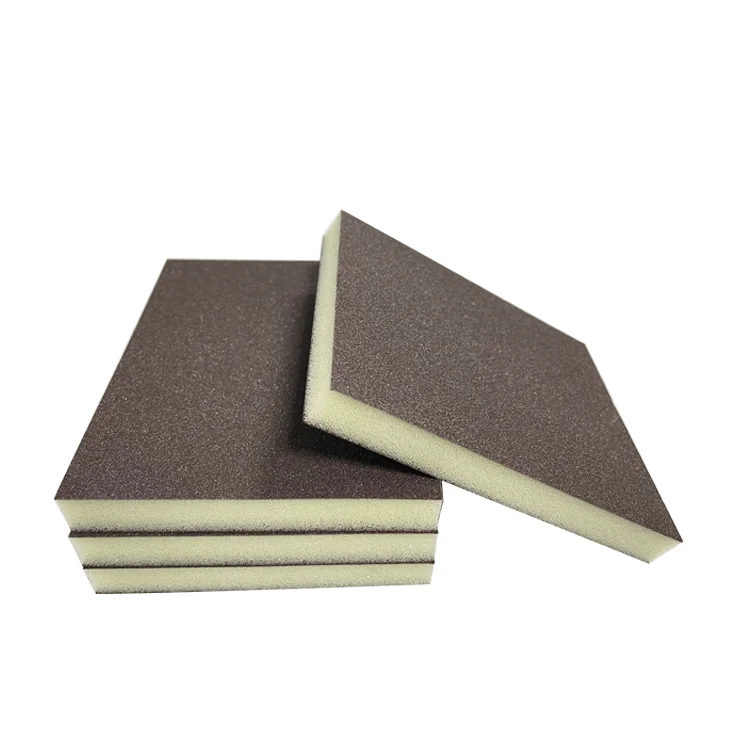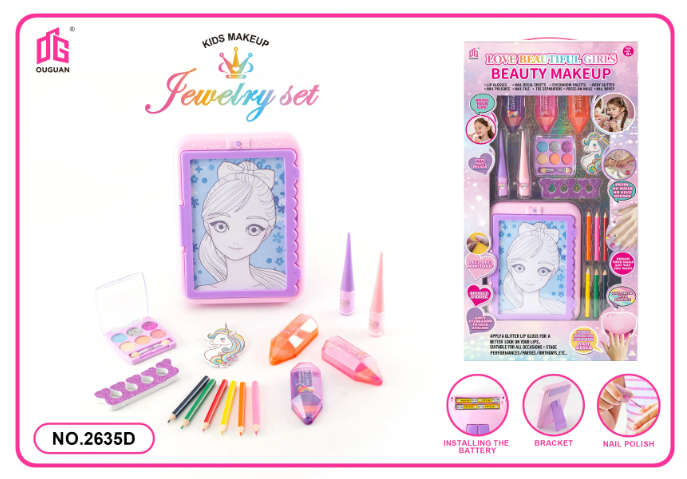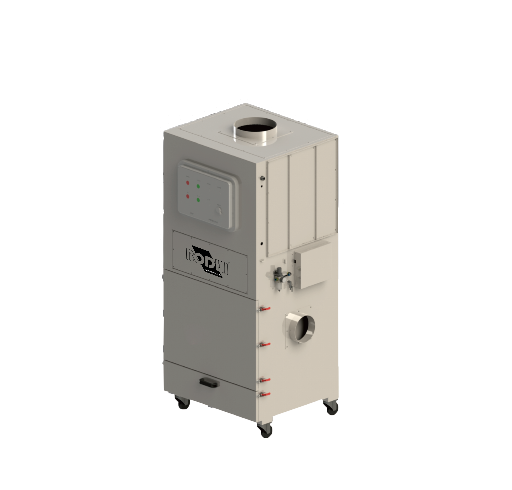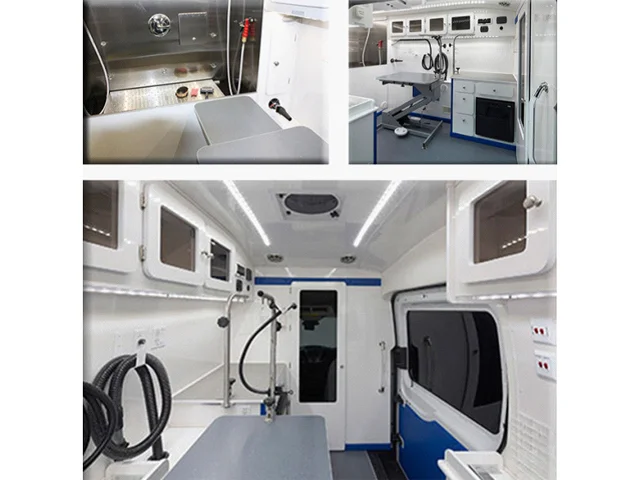Capturing Moments: Unraveling the Distinctions Between Still Cameras and Digital Cameras
In the realm of photography, the terms still camera and digital camera are often used interchangeably, yet they encompass distinct concepts that cater to different needs and preferences. Understanding the nuances between these two types of cameras is essential for both budding photographers and seasoned professionals. This article delves into the fundamental differences, technological advancements, and practical implications of using still cameras versus digital cameras.
- Defining the Terms: Still Cameras vs. Digital Cameras
At its core, a still camera refers to any camera designed to capture still images, which can include both film and digital formats. Historically, this term was predominantly associated with film cameras, which utilize light-sensitive film to record images. In contrast, a digital camera specifically refers to a device that captures images electronically, converting light into digital data that can be stored, edited, and shared with ease.
- Technological Evolution: From Film to Digital
The transition from film to digital photography marked a revolutionary shift in the industry. Film cameras rely on chemical processes to develop images, requiring a series of steps from exposure to development. This process can be time-consuming and often requires specialized equipment and knowledge.
Digital cameras, on the other hand, utilize image sensors (such as CCD or CMOS) to capture light and convert it into digital signals. This advancement allows for immediate image review, editing capabilities, and the convenience of storing thousands of images on memory cards. The ability to instantly see the results of a shot has transformed the way photographers approach their craft, enabling experimentation and creativity without the constraints of film.
- Image Quality and Resolution
When discussing the differences between still cameras and digital cameras, image quality is a critical factor. Traditional film cameras can produce stunning images with a unique aesthetic, often characterized by rich colors and a distinct grain. However, the quality of film can vary significantly based on the type of film used, the camera's lens, and the photographer's skill.
Digital cameras have made significant strides in image quality, with many models offering high-resolution sensors that can capture intricate details and vibrant colors. The resolution of digital images is measured in megapixels, and advancements in technology have led to cameras capable of producing images exceeding 50 megapixels. This high resolution is particularly beneficial for professional photographers who require large prints or extensive cropping capabilities.
- Versatility and Functionality
Digital cameras come equipped with a plethora of features that enhance their versatility. Many modern digital cameras offer various shooting modes, including manual, aperture priority, and shutter priority, allowing photographers to have greater control over their images. Additionally, features such as autofocus, image stabilization, and built-in editing tools provide users with the ability to capture high-quality images in diverse conditions.
In contrast, traditional still cameras, particularly film models, may lack these advanced functionalities. While some photographers appreciate the simplicity and challenge of using a manual film camera, others may find the limitations restrictive, especially in fast-paced environments.
- Cost Considerations and Accessibility
The cost of photography equipment can be a significant factor in choosing between still and digital cameras. Film cameras, especially vintage models, can often be found at lower prices, making them accessible to hobbyists. However, the ongoing costs of purchasing film and developing prints can add up over time.
Digital cameras, while initially more expensive, offer long-term savings due to the absence of film costs. Additionally, the ability to store and share images digitally eliminates the need for physical prints, further reducing expenses. For those who frequently engage in photography, the investment in a digital camera can be justified by the convenience and cost-effectiveness it provides.
- The Artistic Perspective
Ultimately, the choice between a still camera and a digital camera often comes down to personal preference and artistic vision. Some photographers are drawn to the tactile experience of shooting with film, relishing the anticipation of waiting for their images to develop. Others prefer the immediacy and flexibility of digital photography, which allows for rapid experimentation and instant feedback.
Conclusion: Choosing the Right Camera for You
In conclusion, the distinction between still cameras and digital cameras is rooted in their fundamental design, technological capabilities, and the experiences they offer to photographers. While still cameras evoke a sense of nostalgia and artistry, digital cameras provide unparalleled convenience and versatility. Understanding these differences can empower photographers to make informed decisions based on their individual needs, preferences, and creative aspirations. Whether you choose the classic charm of a film camera or the modern efficiency of a digital camera, the most important aspect remains the same: capturing moments that tell a story.




